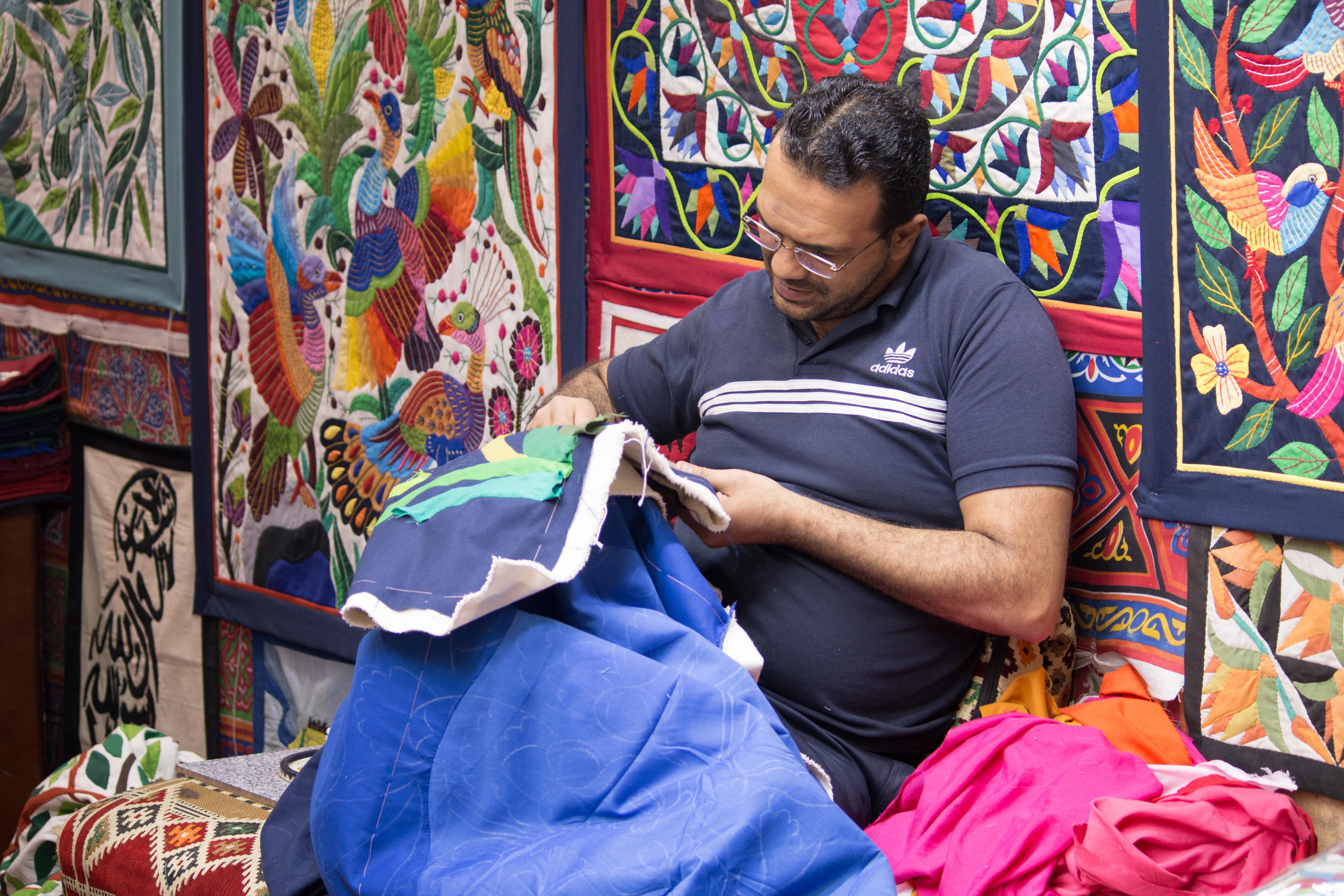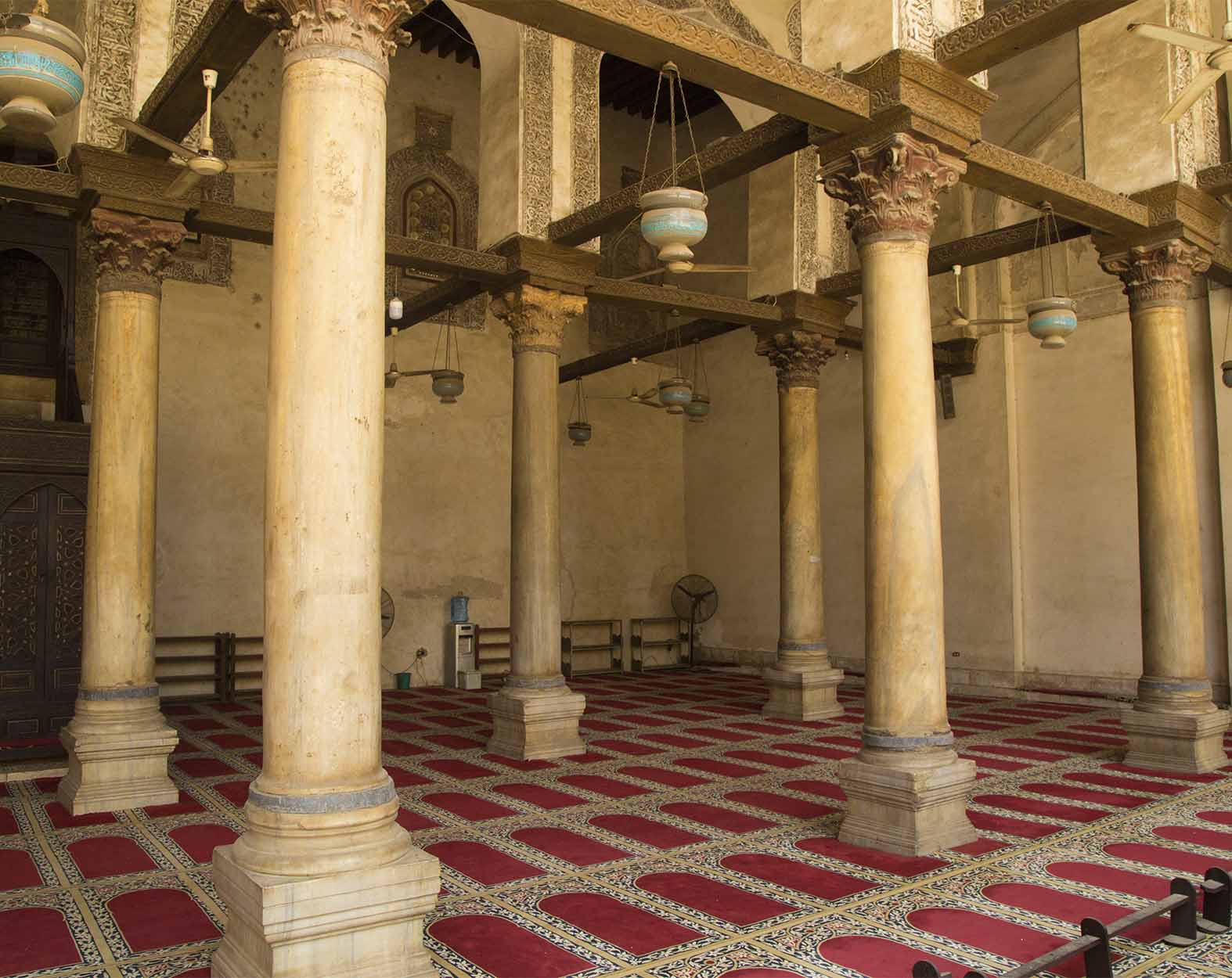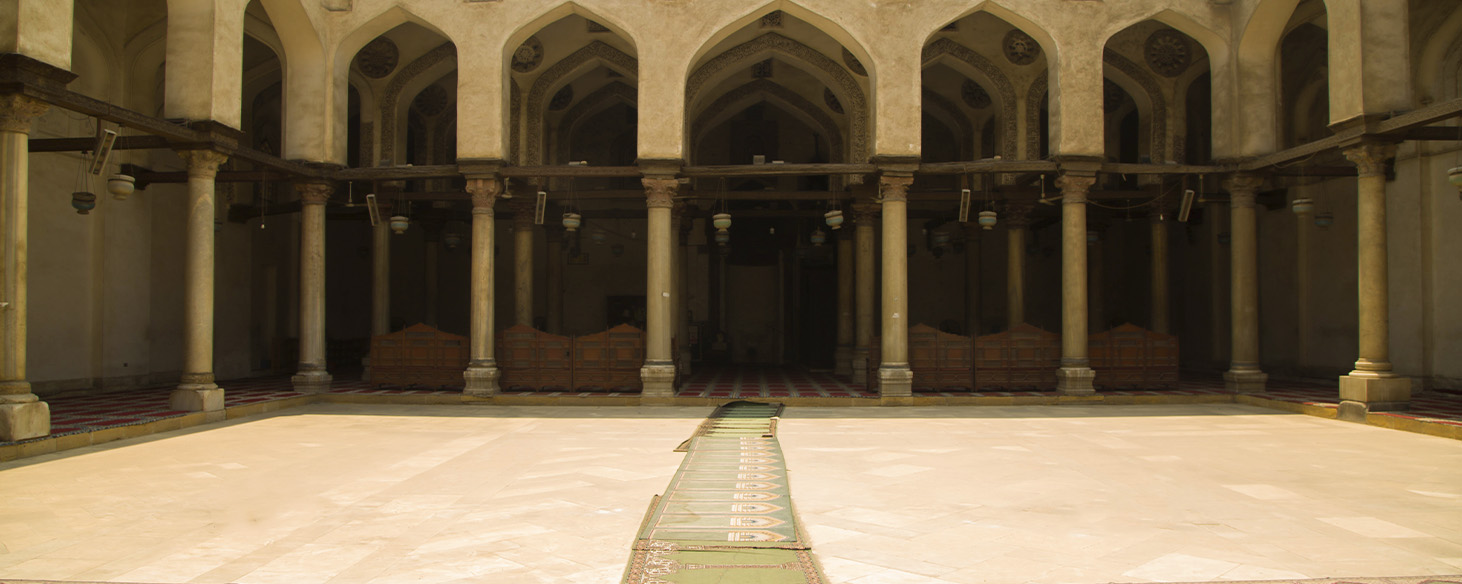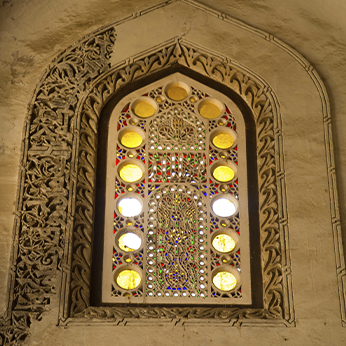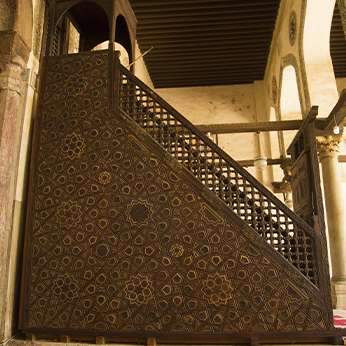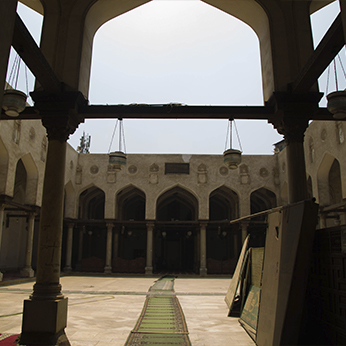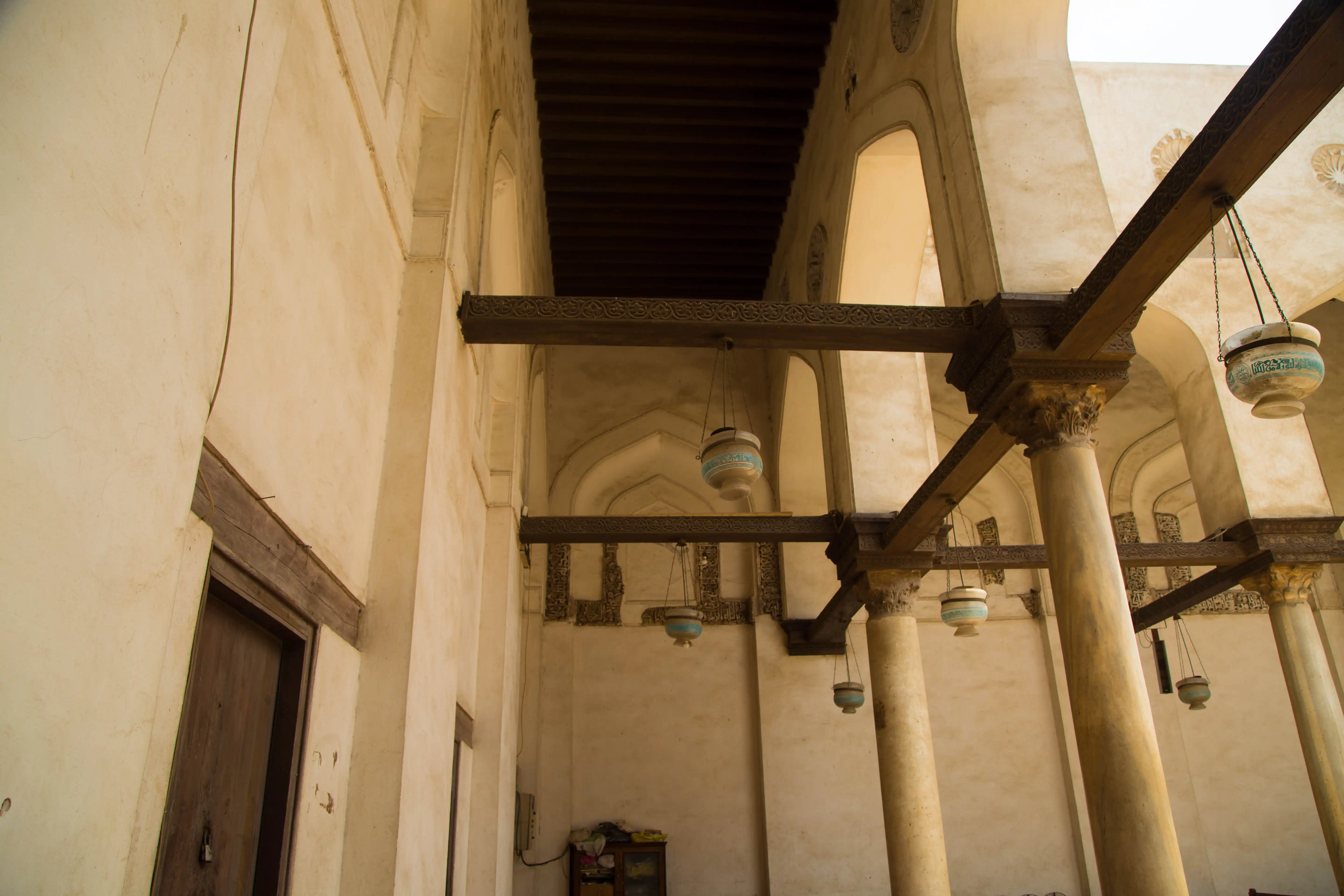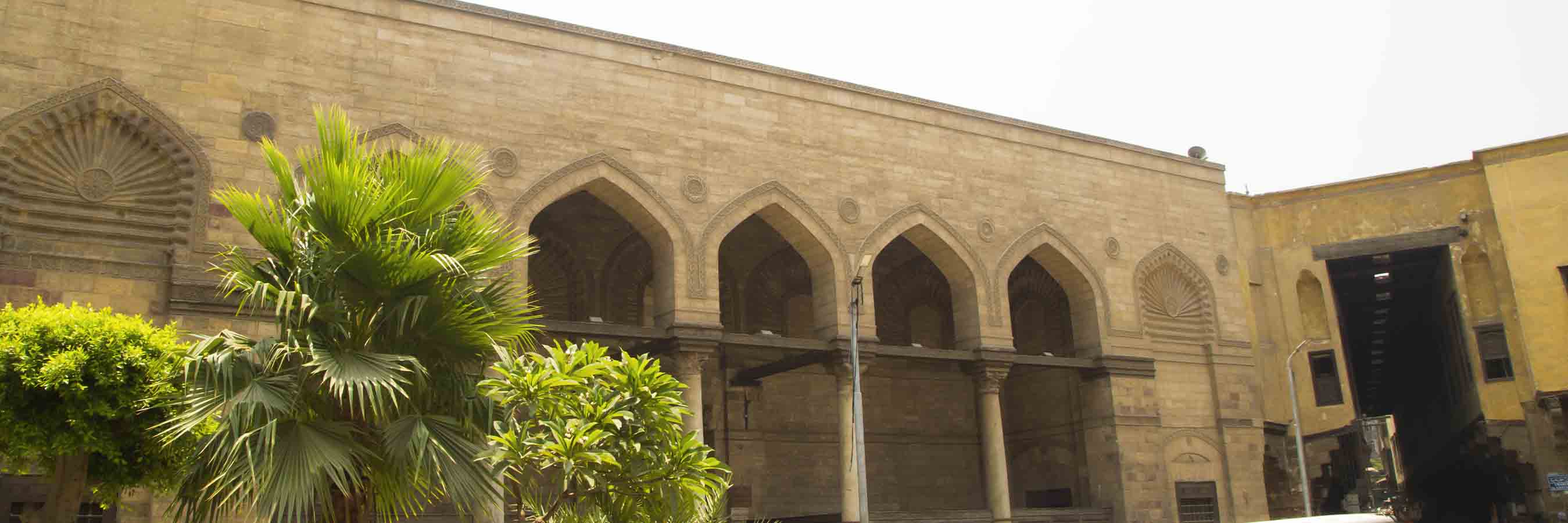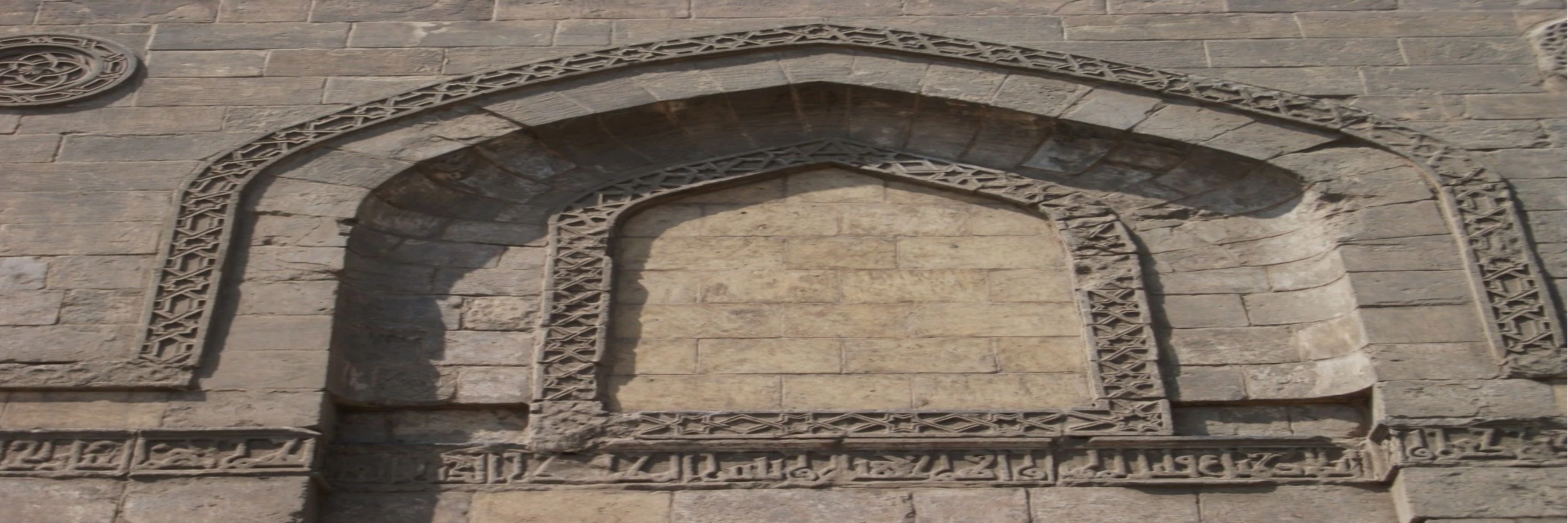Qasabat Radwan Bey (Al Khayiamia)
The Qasaba of Radwan Bek is considered as one of the historical commercial places in the Ottoman era. It was established in the 11th century AH / 17 AD by Prince Radwan Bek Al Faqqari, who was one of the most important officials throughout the 17th century and the Ottoman era. The place was one of the biggest markets in the city and some of its shops are still in place and in business until now. (1045-1047A.H/ 1635-1637A.D) (11th century A.H /17th century A.D).
